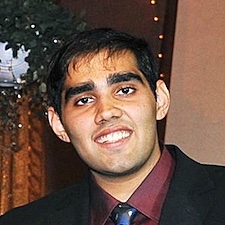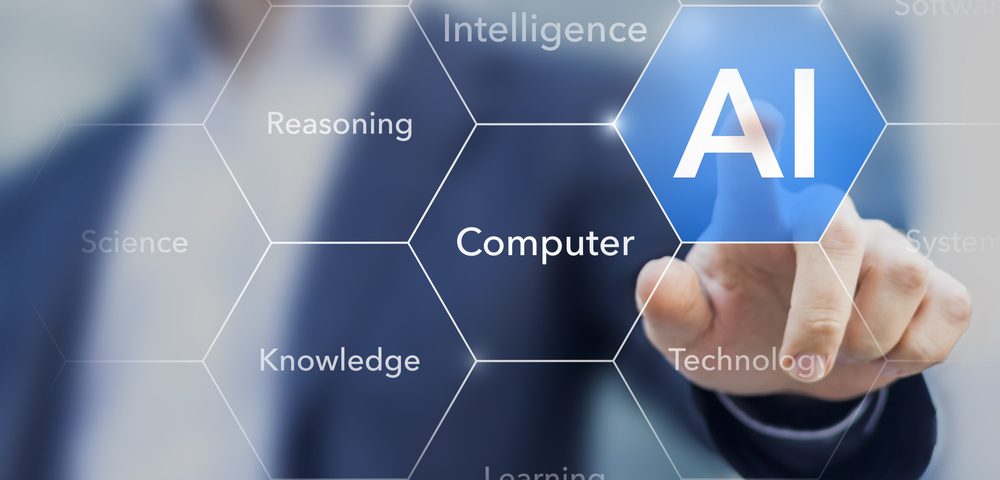 A team of researchers at the Beth Israel Deaconess Medical Center (BIDMC) and Harvard Medical School (HMS) in Boston have been working on developing artificial intelligence (AI) tools with potential to significantly change and improve accuracy in cancer and other disease diagnosis.
A team of researchers at the Beth Israel Deaconess Medical Center (BIDMC) and Harvard Medical School (HMS) in Boston have been working on developing artificial intelligence (AI) tools with potential to significantly change and improve accuracy in cancer and other disease diagnosis.
Noting that pathology methods for diagnosing disease have stayed largely the same for the past 100 years with tissue samples manually reviewed under a microscope, the investigative work suggests diagnostic accuracy can be improved by using computers to interpret pathology images.
 “Our AI method is based on deep learning, a machine-learning algorithm used for a range of applications including speech recognition and image recognition,” said Dr. Andrew Beck director of Bioinformatics at the Cancer Research Institute at Beth Israel Deaconess Medical Center (BIDMC) in press release.
“Our AI method is based on deep learning, a machine-learning algorithm used for a range of applications including speech recognition and image recognition,” said Dr. Andrew Beck director of Bioinformatics at the Cancer Research Institute at Beth Israel Deaconess Medical Center (BIDMC) in press release.
Beck, who is also an associate professor at Harvard Medical School said the approach teaches machines to interpret the complex patterns and structure observed in real-life data by building multi-layer artificial neural networks thought to be similar to how the learning occurs in the brain neocortex, where thinking occurs.
The Beck lab’s approach was recently tested in a competition at the annual meeting of the International Symposium of Biomedical Imaging (ISBI) held in Prague, Czech Republic, in April.
The test task involved examining lymph node images to determine whether or not breast cancer was present.
Beck, post-doctoral fellows Dayong Wang and Humayun Irshad, and student Rishab Gargya, with Aditya Khosla, of MIT Computer Science and Artificial Intelligence Laboratory, placed first in two of the test categories.
“Identifying the presence or absence of metastatic cancer in a patients lymph nodes is a routine and critically important task for pathologists,” Beck said in the news release. “Peering into the microscope to sift through millions of normal cells to identify just a few malignant cells can prove extremely laborious using conventional methods. We thought this was a task that the computer could be quite good at and that proved to be the case.”
In one test circumstance, when team researchers were given slides of lymph node cells and asked to determine whether or not they contained cancer, the automated diagnostic method proved accurate approximately 92% of the time.
“This nearly matched the success rate of a human pathologist, whose results were 96% accurate,” Koshla said.
But Beck said the “truly exciting thing” happened when the pathologists’ analysis, combined with the automated computational diagnostic method, came to 99.5% accuracy. “Combining these two methods yielded a major reduction in errors,” Beck said.
 The research team taught computers to distinguish between cancerous tumor regions and normal regions based on “a deep multilayer convolutional network,” Wang said.
The research team taught computers to distinguish between cancerous tumor regions and normal regions based on “a deep multilayer convolutional network,” Wang said.
It began with hundreds of training slides on which regions of cancer and regions of normal cells had been labeled by a pathologist. Extracting millions of training examples, they used deep learning to build a computational model for diagnostic classification. They also enabled the detection of specific training examples on which the computer had stumbled, and re-trained the computer using a greater volume of the more difficult training examples in order to continually improve the computer’s diagnostic performance.
 “There have been many reasons to think that digitizing images and using machine learning could help pathologists be faster, more accurate and make more accurate diagnoses for patients,” said Beck. “This has been a big mission in the field of pathology for more than 30 years. But it’s been only recently that improved scanning, storage, processing and algorithms have made it possible to pursue this mission effectively. Our results in the ISBI competition show that what the computer is doing is genuinely intelligent and that the combination of human and computer interpretations will result in more precise and more clinically valuable diagnoses to guide treatment decisions.”
“There have been many reasons to think that digitizing images and using machine learning could help pathologists be faster, more accurate and make more accurate diagnoses for patients,” said Beck. “This has been a big mission in the field of pathology for more than 30 years. But it’s been only recently that improved scanning, storage, processing and algorithms have made it possible to pursue this mission effectively. Our results in the ISBI competition show that what the computer is doing is genuinely intelligent and that the combination of human and computer interpretations will result in more precise and more clinically valuable diagnoses to guide treatment decisions.”
 Jeroen van der Laak, who leads a digital pathology research group at Radboud University Medical Center in the Netherlands and was an organizer for the ISBI competition, said: ” The fact that computers had almost comparable performance to humans is way beyond what I had anticipated. It is a clear indication that artificial intelligence is going to shape the way we deal with histopathological images in the years to come.”
Jeroen van der Laak, who leads a digital pathology research group at Radboud University Medical Center in the Netherlands and was an organizer for the ISBI competition, said: ” The fact that computers had almost comparable performance to humans is way beyond what I had anticipated. It is a clear indication that artificial intelligence is going to shape the way we deal with histopathological images in the years to come.”
 Beck and Khosla this year co-founded a startup company called PathAI, to advance development and application of AI technology for pathology. So far, the company has developed state-of-the-art approaches for interpretation of immunohistochemistry in whole slide images, and is working with research labs and pharma companies to provide accurate, cost-effective, scalable solutions.
Beck and Khosla this year co-founded a startup company called PathAI, to advance development and application of AI technology for pathology. So far, the company has developed state-of-the-art approaches for interpretation of immunohistochemistry in whole slide images, and is working with research labs and pharma companies to provide accurate, cost-effective, scalable solutions.
PathAI is developing tools to enable the use of artificial intelligence in clinical diagnosis of cancer and other diseases in order to provide faster, more accurate and reproducible results. The company wants to provide low-cost access to diagnosis in developing nations.

